The Ripple Effect
-News and Commentary-
How the Foster System Quietly Breaks Families in the Name of Protection
- Home
- News and Commentary
- How the Foster System Quietly Breaks Families in the Name of Protection
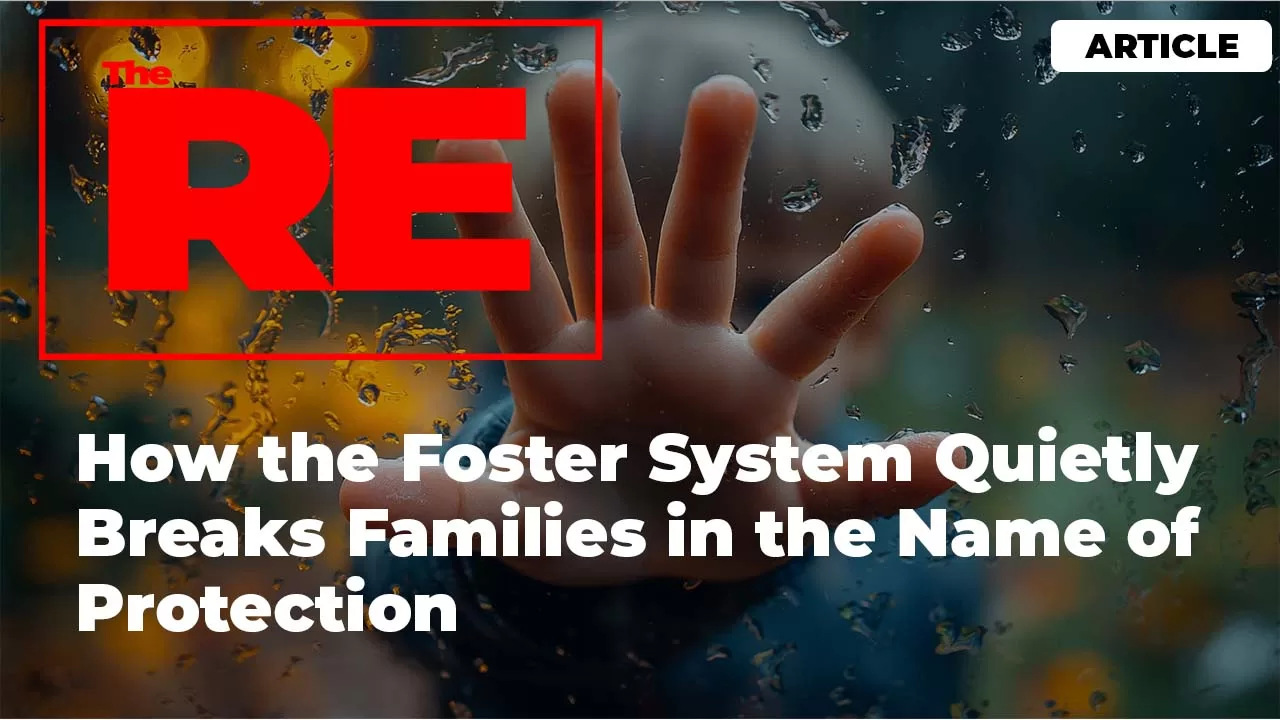
This is not breaking news. We don't report the news. We Unpack it. Explain it. And analyze what it means.
Click this button to add us to your home screen.
We Unpack. You Decide. Stay informed.
One voice. One message. One Goal. Truth
They say it is about protection. Safety. A child’s best interest. But the moment the system gets involved, that language becomes a shield. Behind it sits a machinery that does not always protect—it separates, investigates, and regulates. And once it starts, it rarely stops at just a visit. One phone call from a teacher, one report from a neighbor, one missed doctor appointment, and suddenly a parent finds themselves facing a caseworker, then a hearing, then a decision that often feels pre-decided. You can love your kids. You can be doing your best. But in the world of family regulation, that is not always enough. Because the system is not built to ask what support is missing. It is built to ask what control can be asserted.
Every year, more than six hundred thousand children are investigated by Child Protective Services in the United States. The majority of these cases are not about bruises or burns or outright abuse. They are about neglect. And neglect is one of the vaguest, most subjective labels in the legal system. A child not having new clothes. A refrigerator with limited food. A home without electricity. These are often treated not as signs of poverty, but as signs of parental failure. And when poverty gets rebranded as neglect, intervention becomes inevitable. You do not need to hurt your child to lose them. You just need to be struggling.
For families living check to check, that is the danger. The system steps in under the banner of care, but what it actually delivers is pressure. Parents are told to take classes, submit to drug tests, meet with counselors, and prove over and over that they are fit. If they miss a step, it is seen as indifference. If they push back, it is labeled as defiance. And while this process unfolds, the clock keeps ticking. Children are placed with strangers. Bonds are disrupted. And what started as help becomes surveillance. What started as concern becomes control.
I used to think the foster system was a last resort. A place for kids in serious danger. But over time, I started hearing more stories from people who had been in it. And the pattern was consistent. People were not being rescued from violence—they were being removed from instability. And instead of getting help to fix that instability, their families were broken apart. No rent relief. No food assistance. No childcare. Just an investigation, a case plan, and a warning. Comply or lose your child. And once that process starts, it is hard to stop. The system rarely admits fault. It moves forward. Paperwork gets filed. Placements get made. And the original problem—the thing that caused the struggle—never gets solved.
That is the part people do not see. The foster system is not just a safety net. It is a gatekeeper. And like most systems designed to judge worthiness, it does not handle nuance well. It decides who deserves to parent based on metrics that often have nothing to do with love or effort. They have to do with stability, income, appearance, tone, and timing. And if you fall short on those, you are at risk. Not because you are a bad parent. But because the system has no room for your kind of chaos.
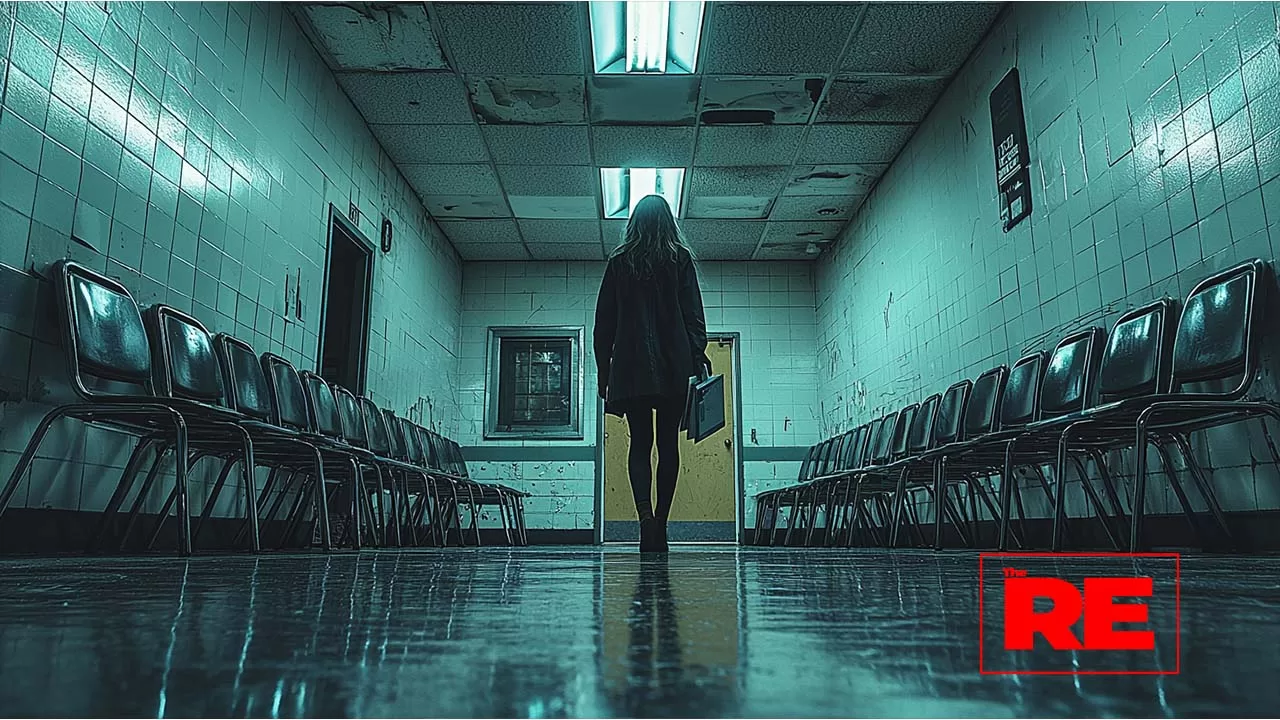
The family regulation system is built like a legal maze. At the center are agencies like Child Protective Services, but surrounding them are layers of courts, contractors, and outside organizations that each play a role in deciding who gets to parent and who does not. The process begins with a report, often anonymous. That report can come from anyone—a neighbor, a school, a doctor, a stranger in a grocery store. Once the report is filed, the agency is required to investigate. And from there, what happens next depends less on the facts and more on interpretation.
The problem is that interpretation varies wildly. A messy house can be seen as lived-in or unfit. A parent who is overwhelmed might be viewed as needing help or as a threat. Caseworkers are given wide discretion to make these calls. And they are often overworked, undertrained, and operating under pressure to protect the agency from liability. That means the safer option is always removal. Because if something happens after a child is left in a home, the fallout is public. But if that child is taken away and suffers in foster care, the story rarely makes headlines.
Once a child is removed, the process becomes a case plan. Parents are given a list of requirements—often long, complex, and difficult to complete while also navigating jobs, housing, or mental health challenges. They must attend parenting classes, undergo drug tests, meet with social workers, and appear in court. Sometimes they are ordered to find new housing or employment. Sometimes they are told to cut ties with specific people in their lives. Every step is monitored. Every delay is documented. And each delay becomes another strike against them. Even when a parent is doing their best, the system is designed to doubt them. Progress is treated as temporary. Setbacks are treated as patterns.
Meanwhile, the foster system absorbs the child. Private agencies are paid to manage placements. Nonprofits receive grants to provide oversight, therapy, or supervision. Some of these organizations mean well. Others are focused on meeting quotas. And at the policy level, federal funding is tied more directly to the act of removal than to family preservation. States receive more money when a child is taken into custody than when that same child is safely kept at home. That financial incentive shifts the entire purpose of the system—from supporting families to managing them.
In many jurisdictions, there is no guaranteed legal representation for parents facing removal proceedings. That means some mothers and fathers show up in court without an advocate, trying to defend their right to raise their child against a team of lawyers, social workers, and judges who already see them as a risk. The balance of power is tilted from the start. And even when representation is provided, it is often overburdened or underfunded. Parents get lost in a maze of hearings and paperwork while their children adapt to new homes, new rules, and new expectations.
There is also very little accountability when the system gets it wrong. If a child is taken unjustly, there are no automatic consequences. If a family is separated for years based on weak evidence, there is no default path to repair. Agencies are protected by legal immunity. Caseworkers move on. Families are left to pick up the pieces. And because these stories are rarely told in full, the public perception remains the same. That if a child was removed, it must have been for a good reason.
But that assumption hides a more uncomfortable truth. The system does not always know what is best. It just knows how to document what fits the narrative. And once a family falls into that narrative, climbing out requires more than love, more than proof, and more than compliance. It requires resources, luck, and time—three things the families most affected by this system often do not have.

The system does not just take children. It takes time, dignity, and trust. Families caught in it speak of confusion, fear, and exhaustion—of waking up one day as parents and going to bed labeled as risks. The change is sudden but the recovery is slow. Even when children are eventually returned, the damage is not undone. The relationship has already been tested. The bond already strained. And the memory of being taken lingers, especially for young children who were too small to understand what was happening but old enough to remember how it felt.
Parents talk about the moment they lost control. One woman in Ohio was reported after her son missed too many days of school. She explained that her job schedule made it difficult to get him there on time. Instead of help, she received a visit from a caseworker. Within weeks, she was fighting for custody. Another father in Arizona lost his children after an anonymous call claimed he was not feeding them properly. The kitchen had food, but it was not the kind the caseworker deemed appropriate. That report became a removal order. He spent the next year trying to complete a checklist that changed every month. He never got his kids back.
These are not isolated cases. They are patterns. In many states, the majority of children in foster care are there for reasons tied to poverty, not abuse. And once a child enters the system, they face risks of their own. Studies have shown higher rates of trauma, instability, and long-term mental health struggles among foster children, especially those placed in multiple homes. Some bounce from house to house. Others age out without permanent connections. And many carry a sense of rootlessness that follows them into adulthood.
The impact does not end with the child. Siblings are often separated. Grandparents or extended family members are denied custody because of background checks, old charges, or housing restrictions. Parents are discouraged from contact unless they meet strict visitation rules, often supervised and time-limited. In some cases, they are told not to cry in front of their children during visits. The emotional distance is enforced as a condition of compliance. The system claims to be protecting children, but it rarely protects their need for closeness, consistency, or familiarity.
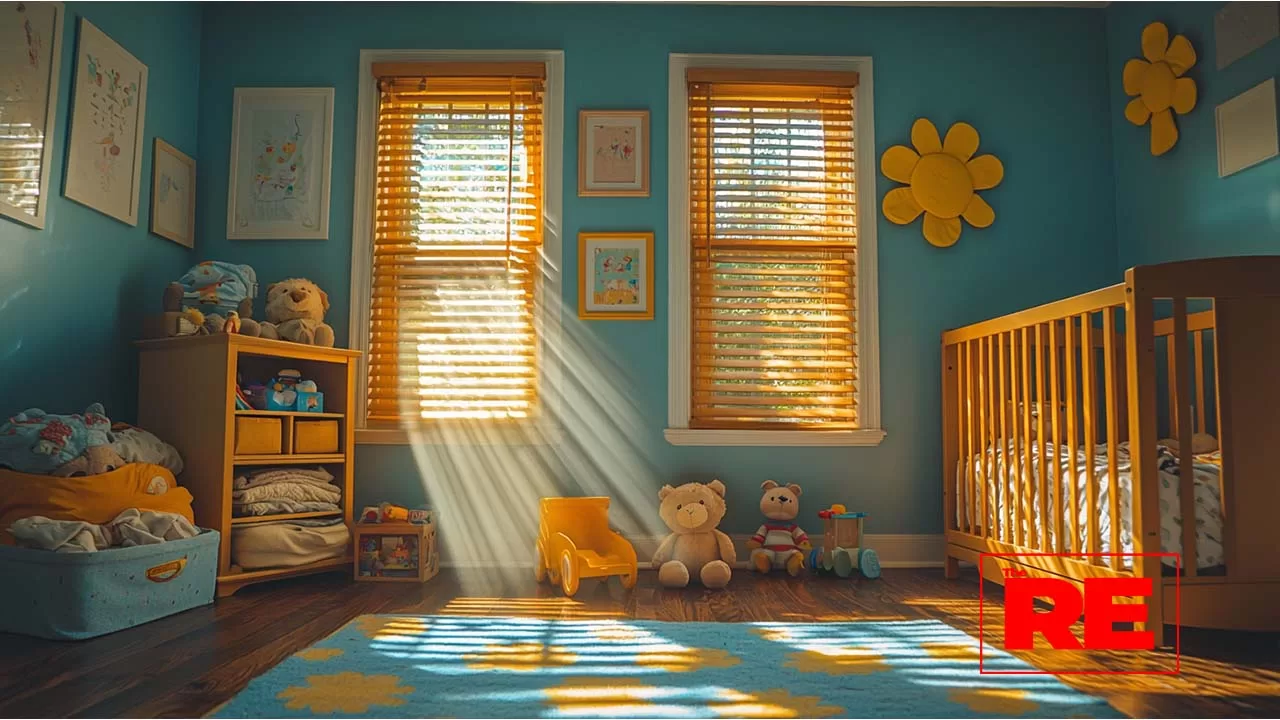
There is also a deep emotional toll that does not show up in case files. Parents internalize shame. Some spiral into depression, substance use, or isolation. Others give up altogether, believing the system has already made up its mind. For those who do make it through the process and regain custody, the return is rarely clean. Trust is broken. Children may have changed. And the surveillance does not always stop. A parent may live for years with the fear that another visit could come. That one wrong move could open the door all over again.
Outside the home, these cases leave scars on communities. People learn not to speak too openly about their struggles. They avoid doctors, teachers, or counselors who might report them. The presence of the system shapes behavior, not through support but through fear. That fear spreads. It teaches people to keep things quiet, to hide stress, to solve problems alone. And in the process, it disconnects the very families it claims to help.
Even the children who are never removed feel the system’s reach. Some grow up in households where caseworkers come and go. Where parents are exhausted by compliance. Where everyone knows someone who lost their kids, even if only temporarily. That awareness creates its own kind of pressure—a sense that safety is conditional. That love is not enough. That at any moment, a mistake could become a case number.
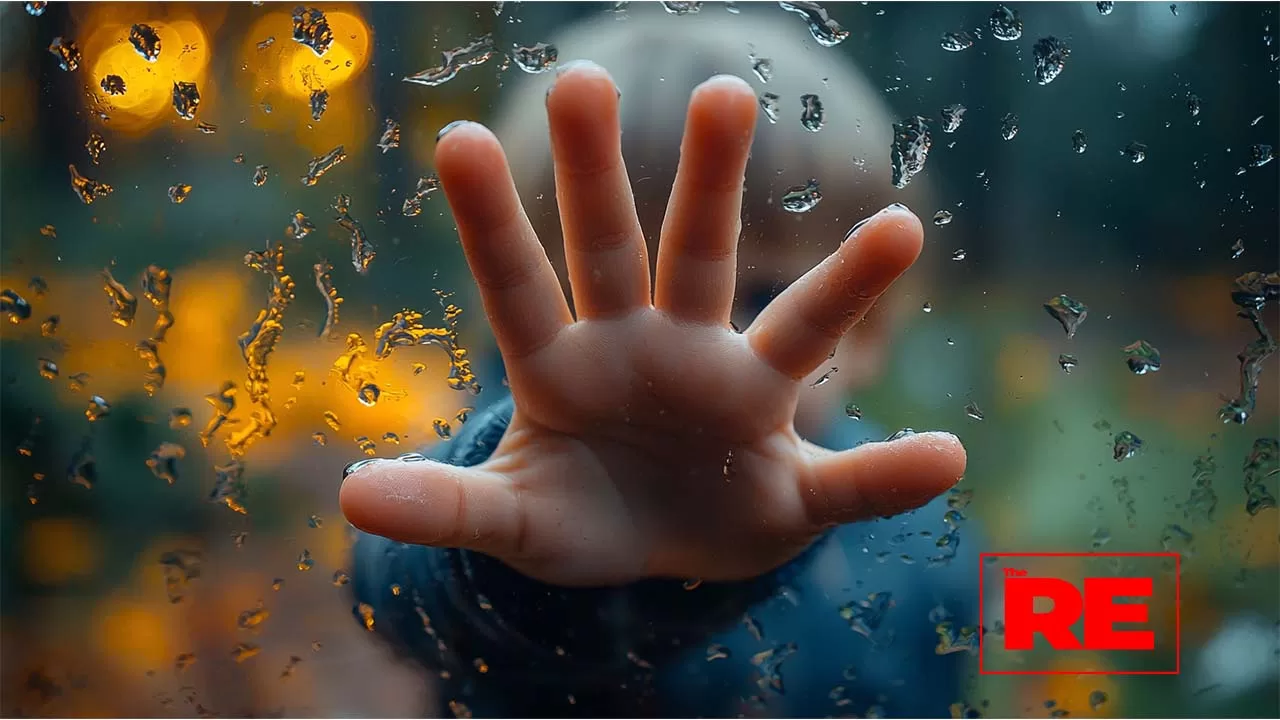
The greatest misconception about the foster system is that it acts as a safety net. In reality, it functions as a filter. It decides who deserves to parent based not on love, effort, or intent—but on performance. It measures outcomes through paperwork, case plans, and court orders, not human connection. It claims neutrality but operates with bias toward structure, conformity, and compliance. And when families do not fit that mold, they are flagged, investigated, and often separated. This is not the result of a broken system. It is the result of one functioning exactly as designed.
A system that confuses poverty with neglect will always punish the poor. A system that rewards agencies for removing children more than for supporting families will always lean toward separation. A system that fails to guarantee representation, transparency, or oversight will always produce stories of harm, because there is no mechanism to prevent them. These are not accidental outcomes. They are predictable ones. And until the foundation is rebuilt, the stories will repeat.
Reform often starts with language. Advocates now refer to Child Protective Services and similar agencies as the family regulation system. That shift matters. It reframes the conversation. Because what we are seeing is not just protection—it is control. Surveillance dressed as concern. Management framed as care. And for the families caught in its reach, the experience is not therapeutic. It is legal. It is procedural. It is high-stakes and unforgiving. Parents are not being guided. They are being monitored.
So what would real support look like? It would start before the report is filed. It would mean offering housing assistance, food support, mental health services, and community resources without the threat of removal. It would require decoupling support from punishment. If the goal is family stability, then the solution cannot be removal. It has to be investment. But that would mean changing where the money goes. It would mean rewarding prevention, not intervention. And that shift, while simple in theory, challenges a decades-old structure built on bureaucracy and reaction.
What now? What needs to change? The definition of neglect must be separated from poverty. Support must replace surveillance.
Who is responsible? Lawmakers, agency leaders, judges, and the public must stop pretending the current system is neutral.
Where should focus shift? Toward prevention, community support, and restorative family services.
When will reform matter? When families are treated as worth preserving—not managing.
Why does it matter? Because removing a child does not automatically solve anything. It often
This is not breaking news. We don't report the news. We Unpack it. Explain it. And analyze what it means.
Click this button to add us to your home screen.
We Unpack. You Decide. Stay informed.
One voice. One message. One Goal. Truth

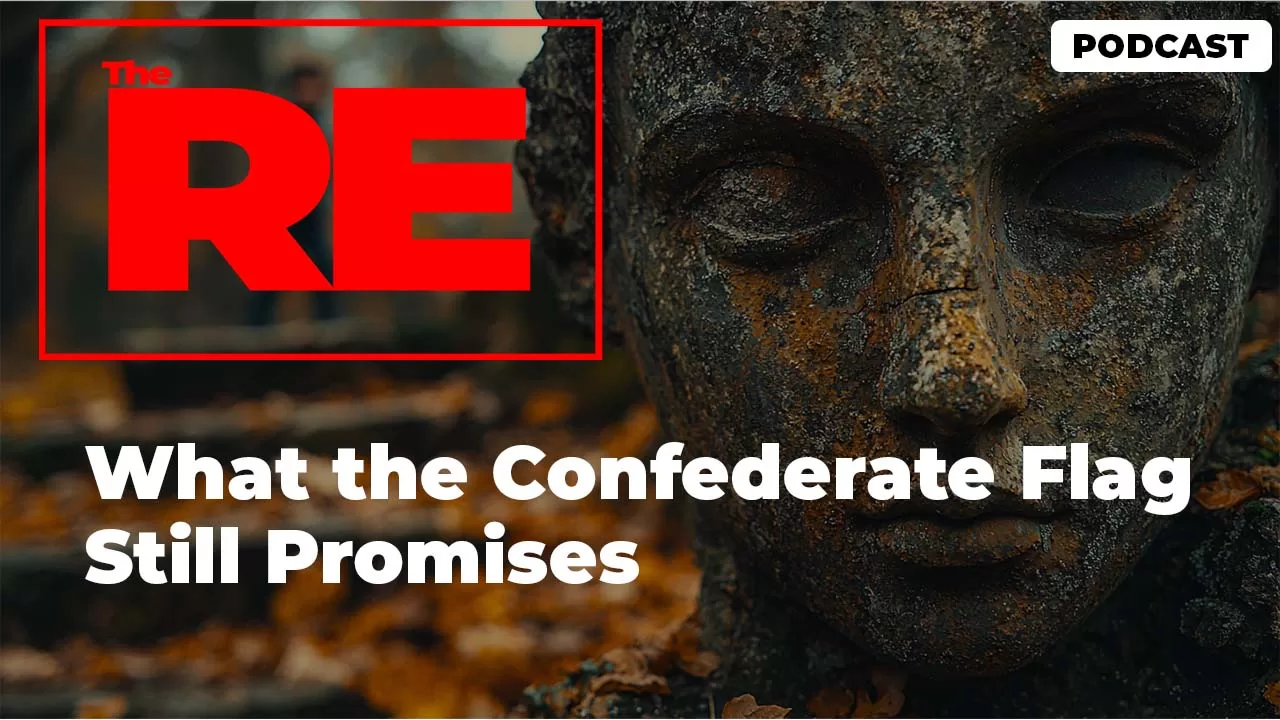
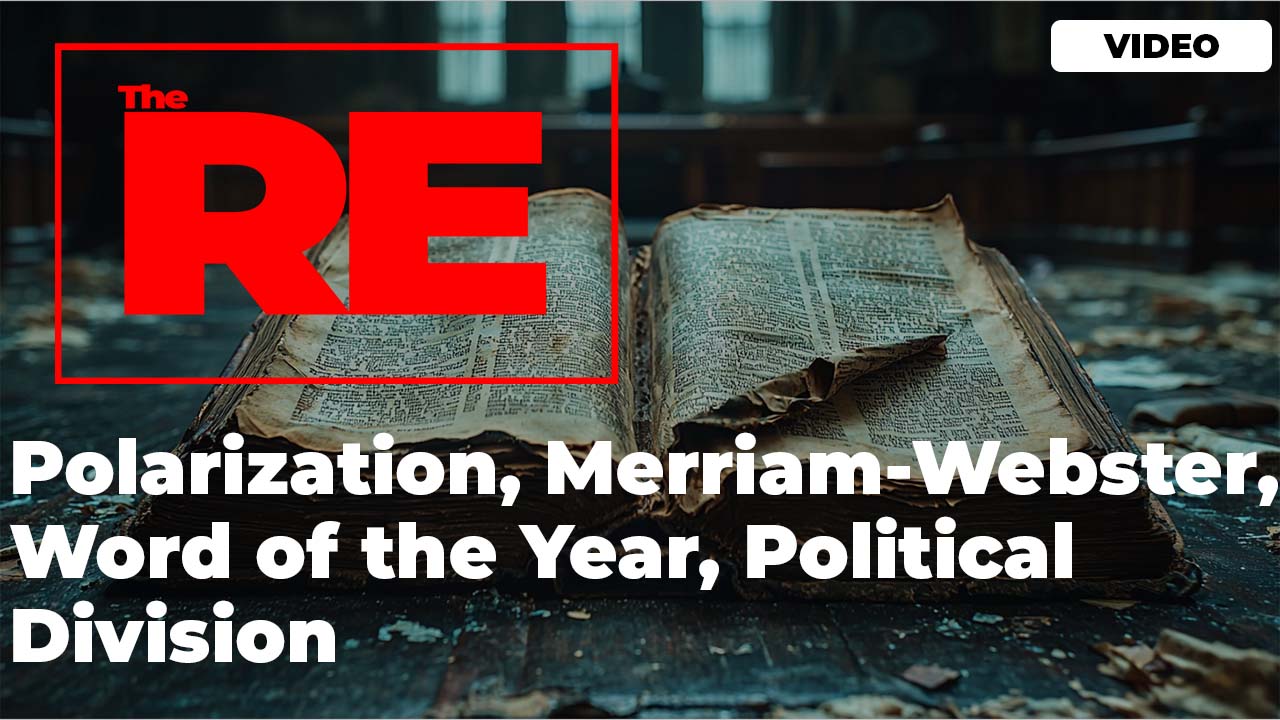
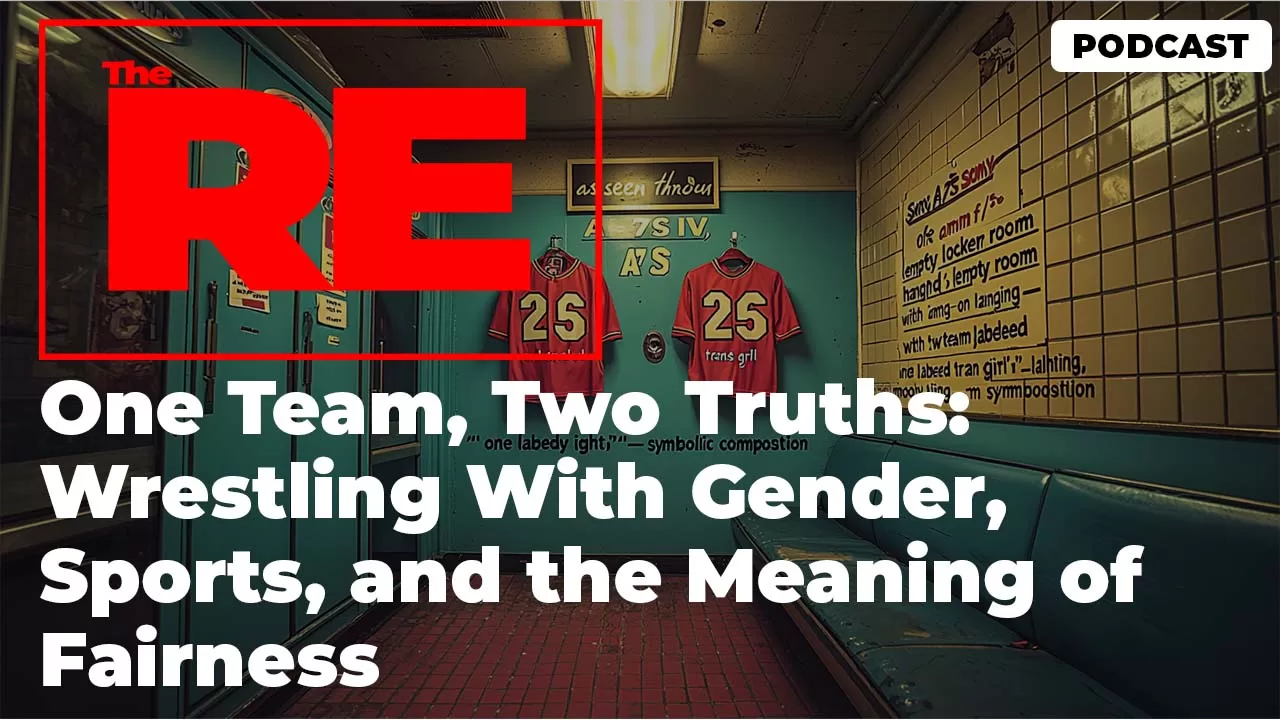

 and then
and then